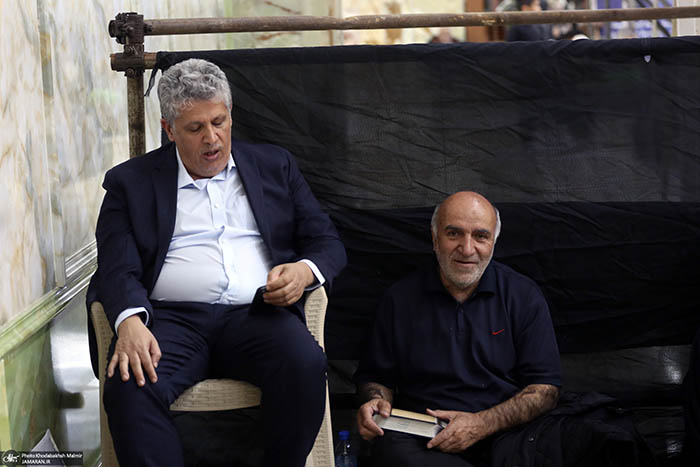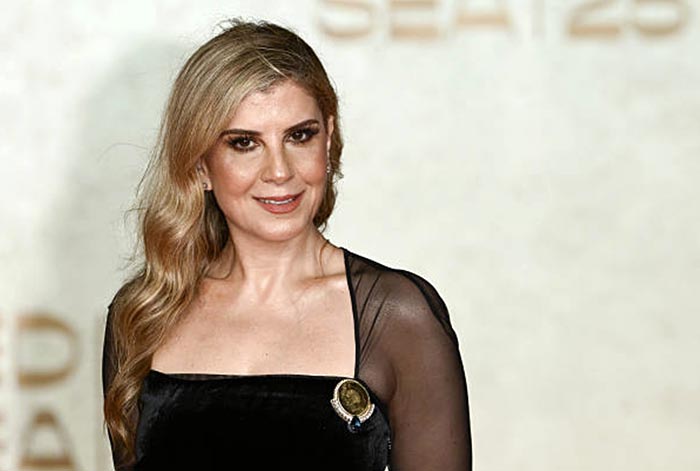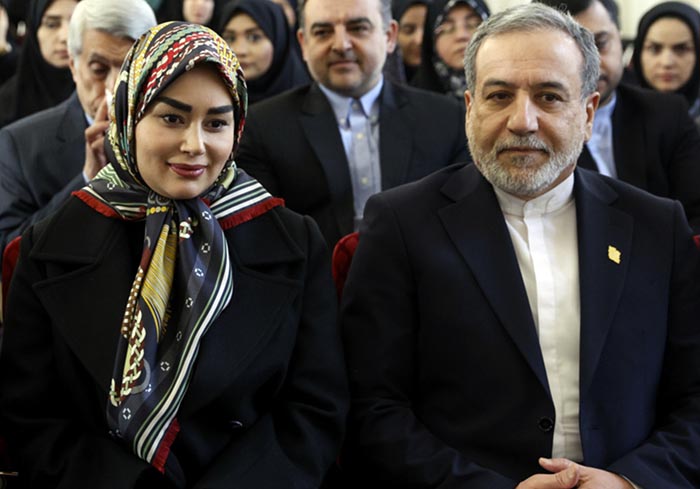The Significance of Mehdi Hashemi Rafsanjani and Sayyid Hassan Khomeini’s Presence at the Shab Qadr Ceremony
As a result, the participation of Mehdi Hashemi Rafsanjani and Sayyid Hassan Khomeini in the Shab Qadr ceremony carries deeper implications for Iran’s cohesive society and national identity. In a country characterized by diverse religious and cultural affiliations, events like the Shab Qadr ceremony serve as unifying forces that bring people from different backgrounds together under shared traditions and beliefs.
By attending such events, prominent figures representing various aspects of Iranian society, like Mehdi Hashemi Rafsanjani and Sayyid Hassan Khomeini, emphasize inclusion and national unity. Iranians from all walks of life, regardless of their political or ideological strand, unite to take part in these sacred practices, thereby fostering solidarity among them for collective goals.
Besides, these influential personalities participating in the Shab Qadr ceremony pass strong messages of lineage as well as strength over the adversity facing Iran. While external pressure mounts and internal divisions deepen, religious observance coupled with cultural customs still lies at the core of being an Iranian, transcending political loyalties or personal ambitions.
Therefore, through attending this event along with other notable individuals such as Mehdi Hashemi Rafsanjani and Sayyid Hassan Khomeini, it is evident that they play different roles within Iranian society, but it also signifies how significant such occasions are to strengthen unity and resilience among others among Iranians. Consequently, while navigating through its future, Iran must always preserve these cultural norms so as to maintain its social fabric and nationalism.





